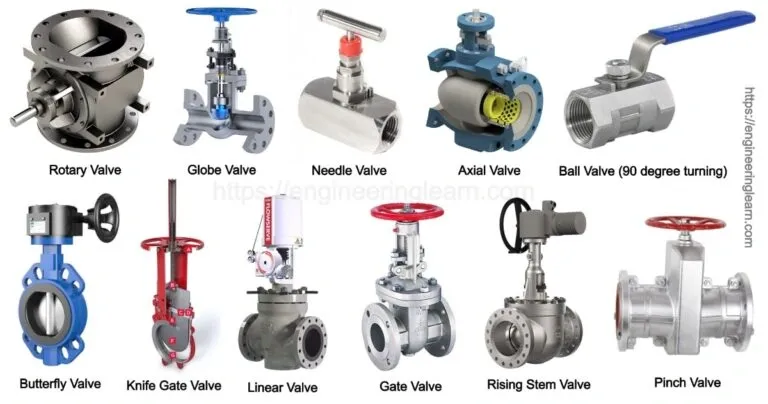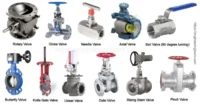
What is a valve?
What are valve components? Well before learning what valve components are we need a basic understanding of what a valve is. A valve is a device that regulates and controls the flow of a fluid (gas, liquids, fluidized solids, or slurries) by opening, closing, or partially obstructing various passageways.
What are some components that describe a valve?
- Body – The body is a key element. It contains the moving components that are in contact with the fluid and must withstand the pressure existing in the piping system.
- Disk and Seat – They provide the capability for permitting and prohibiting fluid flow. In some designs the body is machined to serve as the seating surface and the seal rings are not used.
- Bonnet – The bonnet is the very top of the valve body. It is fastened (bolted) onto the body, thereby retaining the internals of the valve. This provides support and stability for the actuator and the valve’s accessories.
- Stem – It is linked to the valve actuator or to the manual handwheel (or lever), at one end, and the valve disc on the other end. There are 5 main types: Rotary, sliding, rising with outside screw, rising with inside screw, and non-rising with inside screw.
- Trim – The trim refers to the internal parts that create a change in flow velocity and pressure energies. It is often referred to as the wetted surfaces, or parts (usually the plug seat, stem, and cage if present.) Moreover, it is a fundamental component and materials should be chosen wisely. Some key factors to consider when choosing the valve trim are pressure, temperature, and fluid type.
- Packing – Commonly a fibrous material or another compound (such as Teflon) that forms a seal between the internal parts of a valve and the outside. The packing acts as a dynamic seal between the valve stem and the bonnet. It must be properly compressed to prevent fluid loss and damage to the stem.
- Actuator – Actuators are devices used to position the valves. They can be fully open, shut, or partial in any application that requires constant and precise control. They may be a manually operated handwheel, manual lever, motor operated, solenoid operated, pneumatic operated, or by a hydraulic ram.

